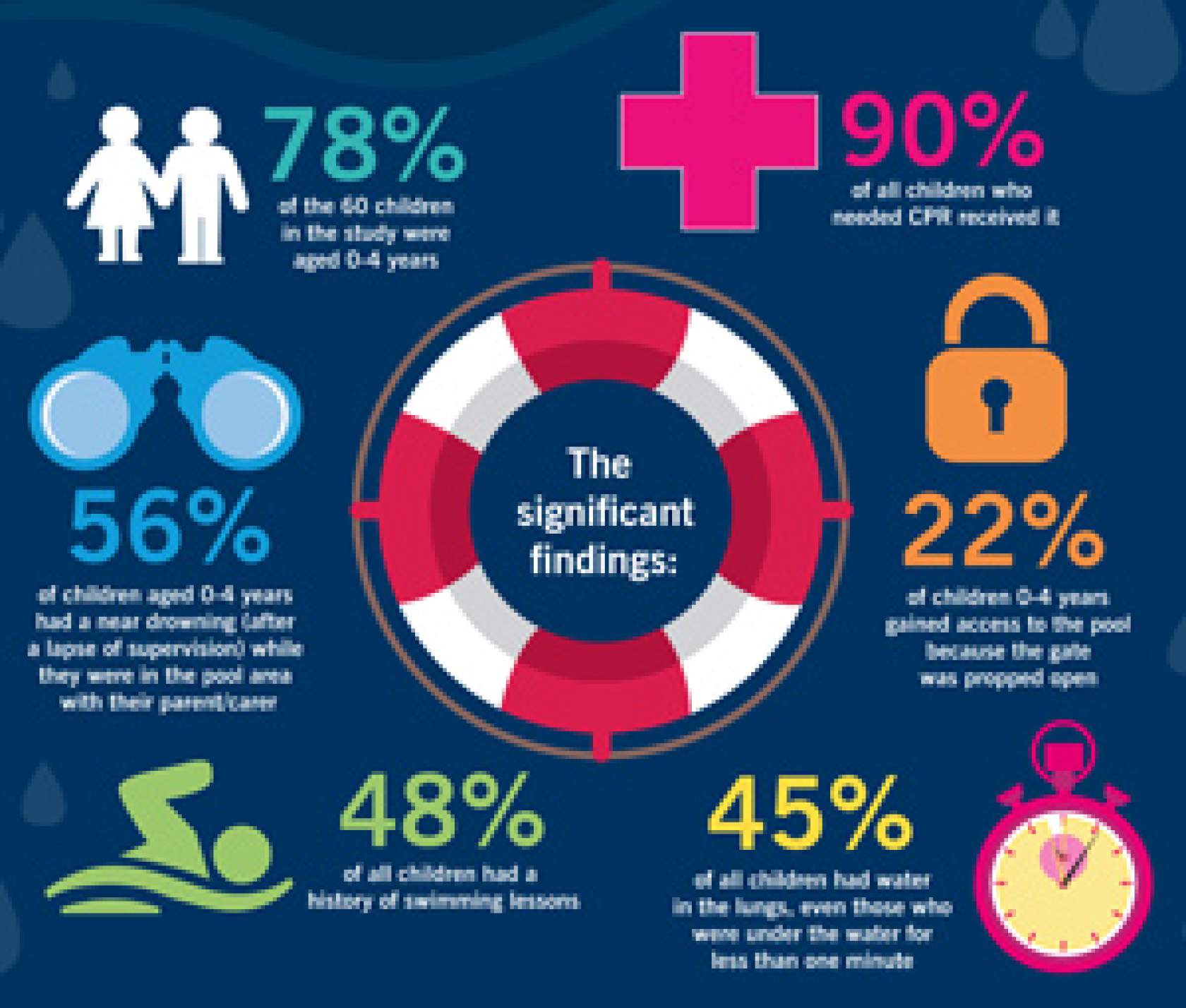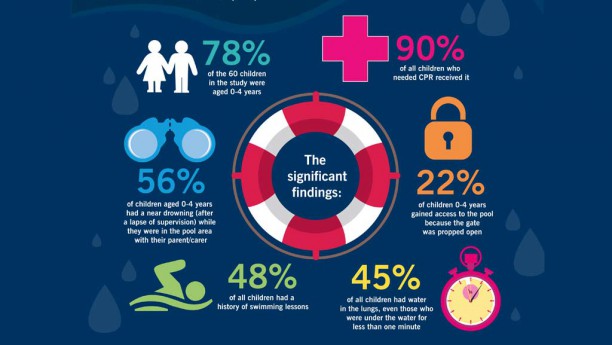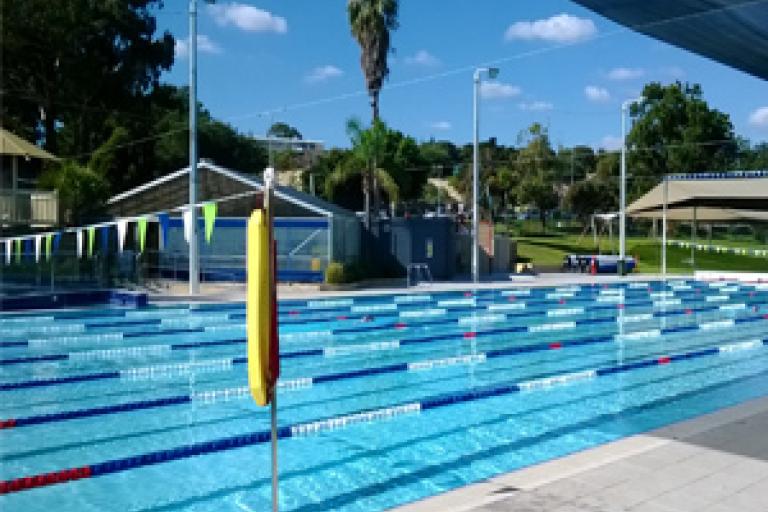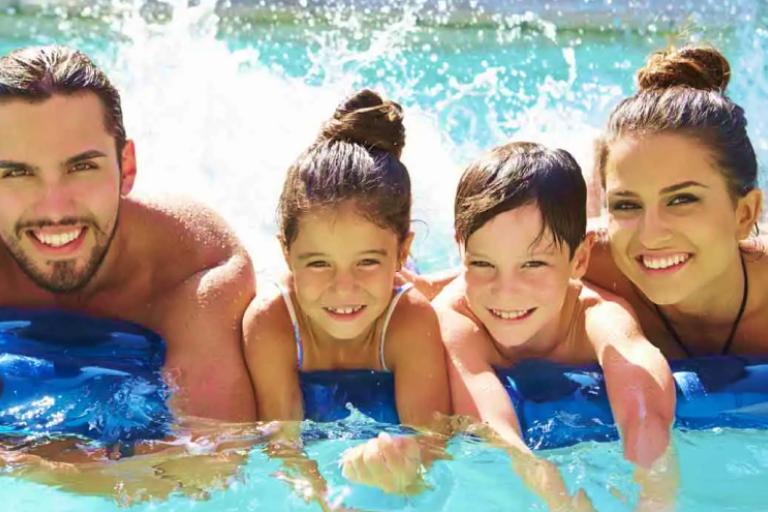Lack of supervision proves key issue in near drowning survey

 The Children’s Hospital at Westmead (CHW) with its partners* has collected data on the circumstances surrounding near drowning in NSW from July 2013 to June 2015.
The Children’s Hospital at Westmead (CHW) with its partners* has collected data on the circumstances surrounding near drowning in NSW from July 2013 to June 2015.
The NSW Study of Drowning and Near Drowning in Children (0-16) found that the supervision recommendation for children aged 0-4 years is not being adhered to with only 23 per cent of children aged 0-4 years having an adult supervising within arm’s reach, regardless of location.
Furthermore, children aged 5-10 years (38 per cent) and 11-16 years (40 per cent) also had high rates of being unsupervised.
Most of the children in this study were already around water when they drowned, such as in swimming pools and bathtubs; however, this is less common among drowning deaths according to existing research. Detailed information on what appropriate supervision means by age group is essential and how this differs when in high risk locations such as in aquatic environments compared to low risk locations around the home.
CPR and swimming lessons
Although formal CPR training and annual refresher courses were low, most children who needed cardiopulmonary resuscitation (CPR) received it immediately following the drowning. The high rate of CPR may be a contributor to the overall decrease in drowning deaths but the increase in drowning with or without morbidity. Early CPR has been shown to contribute to greater survival following child drowning however greater results could be achieved with an increase in formal CPR training.
The history of swimming lessons for children drowning with or without morbidity has not been reported in previous research. With 41 per cent of children aged 0-4 years having a history of water familiarisation, 63 per cent of children aged 5-10 years and 100 per cent of children aged 11-16 years with a reported history of swimming classes, it is a reminder to parents/carers while water familiarisation and swimming lessons are an important part of drowning prevention, they cannot be relied on to prevent drowning.
The high proportion (45 per cent) of children with evidence of water inhalation is significant, even in the children submerged under the water less than a minute. Water inhalation following a seemingly minor drowning is an important finding to communicate to the community to prevent morbidity and morbidity in children.
This study adds to the evidence base by collecting new information on the level of supervision, respiratory distress and details on the circumstance of drowning with or without morbidity. The results of this study highlight the importance of continued education on what supervision means when in and around the water compared to other locations that are not seen as high risk, appropriate supervision in pools and bathtubs, not propping the pool gate open and ensuring pool fencing compliance, learning CPR and not relying on water familiarisation and swimming lessons to prevent drowning among children of any age.
There is more on this survey in the Issue 102 of the printed version of SPLASH!, due out in October.
* The Children’s Hospital at Westmead's partners include The Water Safety Black Spots Fund through the Ministry for Police and Emergency Services, Kids Health and The Centre for Trauma Care, Prevention, Education and Research (CTCPER).




